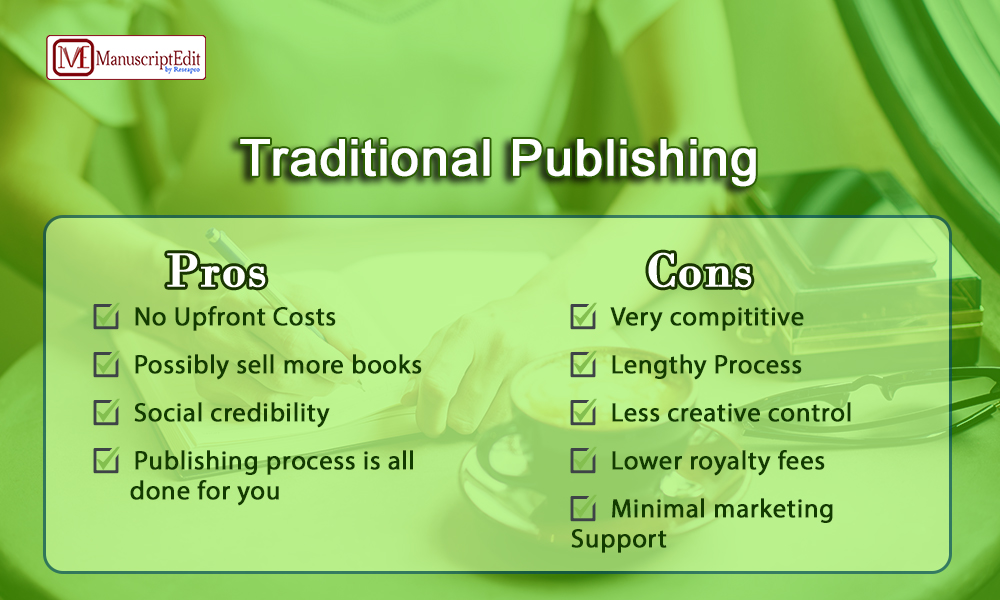
Over recent years, there has been a significant shift in the landscape of medical literature publishing. Conventional subscription-based approaches to publishing are facing challenges due to the increasing prominence of open-access alternatives. In contrast to traditional publishing, let us examine the benefits and drawbacks of open-access publishing in journals that Scopus indexes in this article.

What is Open Access and Traditional Publishing?
Academic research articles are publicly accessible to readers through open-access publishing, which permits unlimited reading, downloading, copying, distributing, printing, searching, and linking to the entire text of the articles.
Several funding models, including grants, institutional funding, and author-paid article processing costs (APCs), support the open-access publishing paradigm.
However, academic publications published through the traditional publishing model are typically restricted in their use and dissemination by copyright restrictions. Only subscribers who have paid for access to the journals in which they are published can access them.
Open Access – Pros
Due to its benefits, open access (OA) is widely supported and adopted in academic and scientific communities. The following are some main advantages of open access:
- Increased Accessibility
Research has consistently demonstrated that articles published under open access typically obtain more citations than articles published under subscription. This increased exposure can improve your work’s scholarly impact and strengthen your professional brand.
- Faster Dissemination of Research
One benefit of open-access articles is their ability to reach a worldwide readership. They cut over boundaries of place and establishment, guaranteeing that your medical research reaches a broader audience and can assist more practitioners, patients, and decision-makers.
- Greater Visibility and Impact
Free and quick access to research publications speeds up the process of sharing discoveries with the public and other academics, practitioners, and students. This greater visibility further enhances Your research’s impact, which creates opportunities for cooperation and interdisciplinary study.
Open Access – Cons
- Funding Obstacles: Frequently depends on author-side fees.
- Quality Concerns: There’s a chance that the editing standards in some OA journals are lower.
- Sustainability: Reliance on APCs could make a business unviable in the long run.

Traditional Publishing – Pros
Traditional publishing has various benefits, including sending manuscripts to reputable publishing houses for review and publication. The following are a few benefits of traditional publishing:
- Established Reputation
Many academics favor classic publications because of their well-established name and prestige, as well as their strict quality controls and rigorous peer assessments.
- Rigorous Peer Review
Manuscripts submitted for traditional publishing go through a rigorous peer review procedure that subject matter experts oversee. Reader trust is fostered by this thorough inspection, which guarantees the dissemination of genuine, high-quality information.
Peer review preserves the integrity of academic and scientific literature while upholding standards and validating research.
- Financial Support
Traditional publishing often provides financial support to authors, covering costs like editing, production, and distribution. Publishers invest in marketing, leveraging their established networks to promote books.
Advances and royalties further incentivize authors. This support structure lets writers focus on content creation while benefiting from the industry’s financial backing.
Traditional Publishing – Cons
- Access Obstacles: Access is restricted by subscription fees.
- Publication Delays: Extended period between submission and release.
- Limited Visibility: Access restrictions may prevent worldwide distribution.

Conclusion
It is evident from navigating both traditional publishing and open access that each strategy has unique benefits and drawbacks, highlighting the necessity of a well-balanced environment for scholarly communication.
